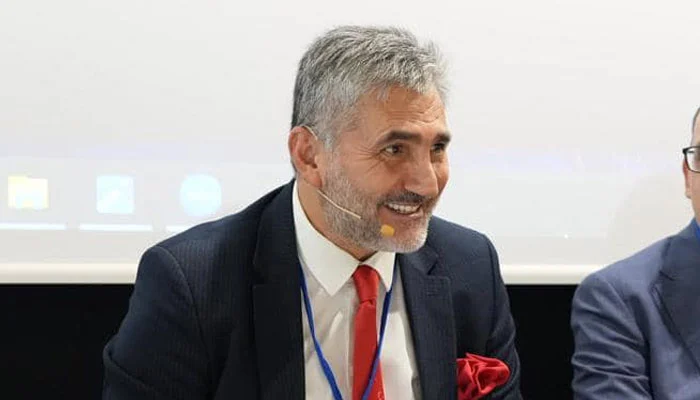Pakistan stands at the threshold of a major opportunity in health-tourism as experts estimate that the country could earn approximately $5 billion from medical tourism over the next five years. With a combination of well-qualified professionals, cost-competitive treatment, and strategic geographic positioning, the country has many of the ingredients required to attract patients from abroad.
The global market for medical tourism is expanding rapidly. Patients from developed countries increasingly seek treatment overseas to access high-quality care at lower cost, experience shorter wait-times, and combine medical procedures with travel. Countries such as India, Thailand, Türkiye and Malaysia have already tapped into this trend and built strong reputations as medical-tourism destinations. Pakistan now has the chance to join this cohort.
One of the core competitive advantages for Pakistan is its relatively low cost of healthcare interventions. When treatment in Western countries can run into tens of thousands of dollars, many Pakistani hospitals offer comparable care for a fraction of that price. Combined with skilled doctors, many of whom trained abroad, this cost-advantage positions Pakistan favourably for inbound patients. Further enhancing the opportunity is Pakistan’s strategic location, cultural and linguistic alignment with various regional markets, and the potential to provide medical travellers with tourism-adjacent services such as accommodation, wellness packages and travel logistics.
To realise the full potential of this $5 billion target, however, key enablers must be addressed. First, healthcare infrastructure must match international expectations: globally accredited hospitals, uniform quality standards, international-level patient services, visa facilitation for medical travellers, and transparent pricing. Without these, the appeal to foreign patients will remain limited. Second, marketing and branding are critical. Pakistan needs to actively promote itself as a medical-tourism destination, highlight success-stories, streamline referrals and build trust among international patients and their families. Third, regulatory and policy reforms must support this growth: health authorities must ensure safety accreditation, rigorous oversight, patient-transport services, post-treatment care and international insurance compatibility. Fourth, patient experience must be seamless: travel logistics, hotel-hospital coordination, language services, international billing, and follow-up care must work together to convert interest into trips.
Growth of medical tourism brings significant benefits beyond direct revenue. It can increase foreign-exchange inflows, boost employment in healthcare and hospitality sectors, catalyse growth in related services (like medical equipment manufacturing, rehabilitation services, wellness and preventive care), and contribute to overall economic diversification.
But risks and challenges must be managed. Competition is increasing globally, and Pakistan must maintain service quality, hospitality standards and transparent pricing charts to compete. Also, geopolitical perceptions, visa-processing delays, uneven hospital accreditation, limited international marketing and lack of follow-up care may deter patients. Ensuring patient safety, handling malpractice or complications, and seamless cross-border healthcare regulation are also crucial.
In conclusion, the estimate of up to $5 billion in earnings from medical tourism over five years is ambitious but plausible for Pakistan. If the government, healthcare providers and tourism-industry stakeholders coordinate effectively, build quality infrastructure, streamline patient service, and promote the country internationally, Pakistan could become a significant player in the global medical-tourism market. This could mark a transformative chapter for healthcare, exports and economic development.



Comments (0)
No comments yet. Be the first to comment!
Leave a Comment